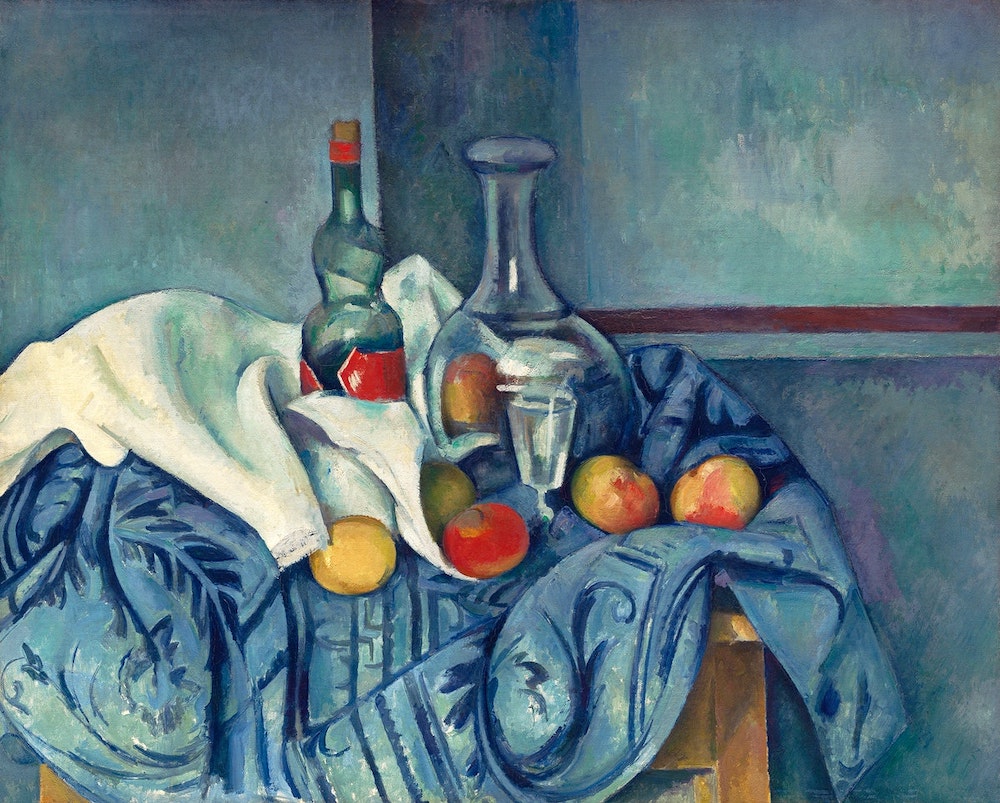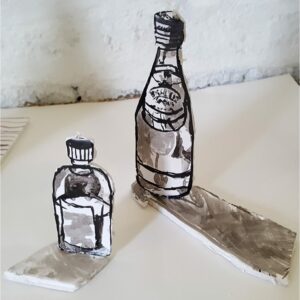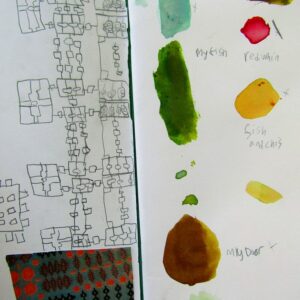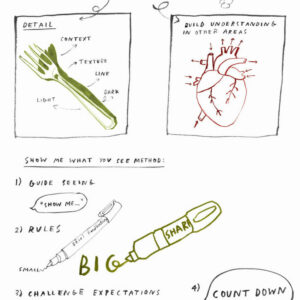Talking Points: Paul Cezanne
How can still-lifes help us explore form and colour in painting?
Paul Cézanne’s repeated brushstrokes and carefully arranged colours reveal his interest in how shapes, light, and form interact. By exploring his still-life compositions, you can gain an insight into his approach to painting.
Use the sources provided to investigate Cézanne’s work, then discuss the questions that follow.
Please Note:
This page includes links and videos from external sites, verified at publication but subject to change.
Teachers should review all content for classroom suitability.
Report any issues, and check school firewall settings if videos don’t play.





Paul Cezanne
Cezanne was a French Post-Impressionist painter.
It is said that he formed the bridge between late 19th-century Impressionism and the early 20th century’s Cubism.
Cézanne’s often repetitive, exploratory brushstrokes are highly characteristic and clearly recognizable. He used planes of colour and small brushstrokes that build up to form complex fields. His interest was not in the objects themselves but in using them to experiment with shape, colour, and lighting. He arranged his still lifes so that everything locked together. The paintings convey Cézanne’s intense study of his subjects. Find out more here.
Explore this Google Arts and Culture resource on Cezanne.
A Table Corner (Un coin de table) (ca. 1895) by Paul Cézanne. Original from Original from Barnes Foundation.
Questions to Ask Children
“It is understood that the artist places himself in front of nature; he copies it while interpreting it.“‘ – What do you think Cezanne meant by this?
What can you see in this painting?
What do you like/dislike about this painting?
How does it make you feel?
Whats your favourite part of the painting?




